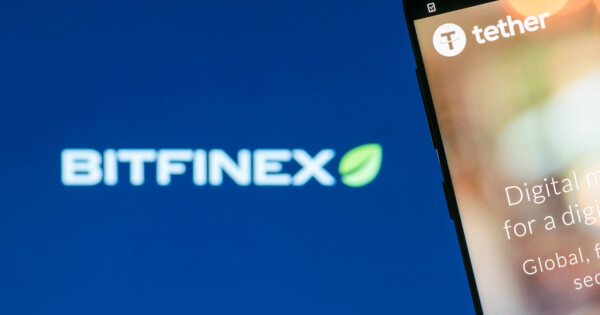The Future of Bitcoin Units: A Deep Dive into BIP177
By Iris Coleman
June 09, 2025, 21:15
In a bold move set to redefine the Bitcoin landscape, the introduction of BIP177 by John Carvalho, CEO of Synonym, has sparked renewed debate within the crypto community. The proposal suggests eliminating decimal points in Bitcoin units, replacing them with a simplified structure that uses "bitcoin" as the default display unit. As cryptocurrency enthusiasts, we at Extreme Investor Network believe it’s crucial to delve into what this means for everyday users, the ecosystem, and the overarching philosophy behind Bitcoin itself.

The Background of Bitcoin Units
Bitcoin, often heralded as the future of currency, operates on a unique system where units can be divided into exceedingly small fractions. This intricacy allows for both high-value transactions and the facilitation of microtransactions. The term satoshi—representing 1/100,000,000 of a bitcoin—was coined back in 2010 by a Bitcointalk user named Ribuck. It holds cultural significance, honoring the mysterious creator Satoshi Nakamoto.
Trackers of Bitcoin’s value often find themselves navigating between ‘satoshis’ and ‘bits,’ where 1 bit equals 100 satoshis. Advocates like Adam Back argue that if Bitcoin’s price were to soar to $1 million, 1 bit would effectively equal $1, making conversions vastly simpler. This shows that the current naming conventions might not be completely user-friendly, especially for newcomers to the space.
Understanding BIP177
BIP177 seeks to radically shift the conversation regarding Bitcoin’s unit presentation. Rather than expressing amounts in decimals (e.g., 0.00004321 BTC), the proposal suggests using whole numbers, with each base unit presented as "1 bitcoin." This strategy aims to eliminate confusion by making Bitcoin more accessible, especially for those not versed in cryptocurrency jargon.
While BIP177 doesn’t modify consensus rules or on-chain data, it necessitates that wallet interfaces and exchanges synchronize to this new framework. This is a considerable challenge, given the ingrained terminology surrounding Bitcoin, particularly its cultural touchstones like "stacking sats."
Adoption and Challenges Ahead
Leading the charge for BIP177 is Bitkit Wallet, developed by Synonym. This wallet emphasizes user-friendliness, featuring built-in Lightning nodes and encrypted cloud backups. By displaying values in "bitcoins" rather than BTC or subunits like mBTC, Bitkit facilitates a smoother interaction for users, lowering the barrier for entry into the world of Bitcoin.
Yet, the path to widespread acceptance for BIP177 is fraught with obstacles. Looking at historical examples like SegWit and Taproot, which took time to gain traction, it’s clear the decentralized nature of Bitcoin can complicate consensus on such transformative proposals.
What Lies Ahead
Projects from industry pioneers like Spiral, Square, Workit, and Cashu are exploring the potential for BIP177 implementation. However, the conservative nature of the Bitcoin community—often prioritizing stability and tradition—may resist fundamental changes to how Bitcoin is represented. Though BIP177 proposes a more intuitive experience, considerable hurdles will need to be overcome for it to take hold as a standard.
The conversation around Bitcoin units encapsulates a broader dialogue between tradition and user-friendliness. While ‘satoshi’ maintains its cultural relevance, embracing terms like ‘bit’ and ‘bitcoins’ could motivate a more inclusive environment, encouraging broader acceptance of Bitcoin.
Conclusion
As we navigate the exciting yet complex world of cryptocurrency, BIP177 represents a pivotal moment in the evolution of Bitcoin. Will it be a transformative leap toward user-friendliness, or will it serve as yet another interesting concept left on the sidelines? Only time will tell.
At Extreme Investor Network, we are committed to bringing you the latest developments and unique insights into the cryptocurrency landscape. Stay tuned as we continue to explore the implications of innovations like BIP177 and their potential to reshape the way we engage with Bitcoin and the broader blockchain ecosystem.

